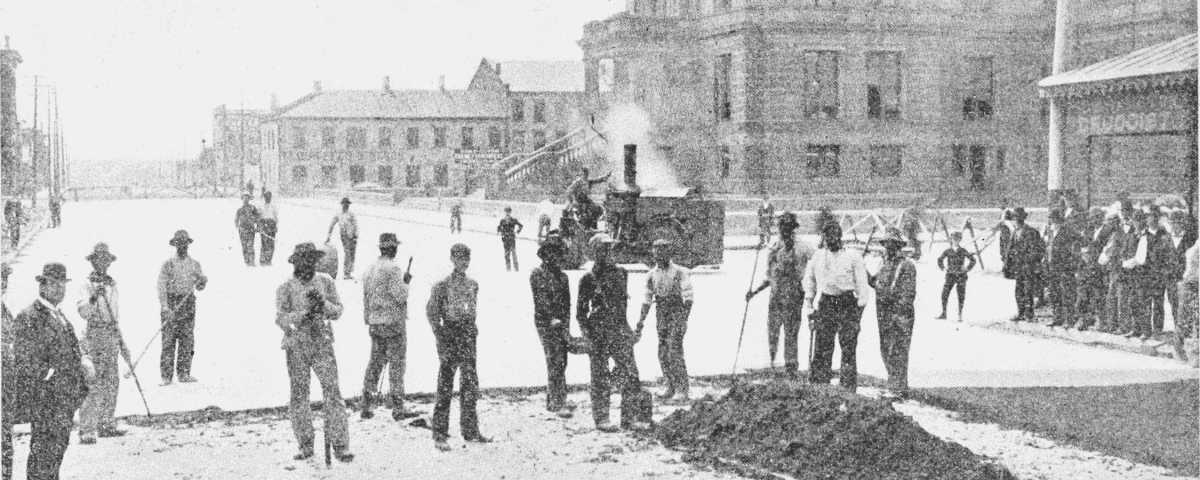Top 3 Considerations for Quality Asphalt Paving
February 27, 2018Bad Pavement Cracks: When Crack Sealing Just Won’t Cut It
February 27, 2018
Here are 12 Cool Facts About the History of Asphalt:
- The ancient Babylonians (a Mesopotamian culture, located in present-day Iraq) were the first to mix sand and stone with natural tar to make a building material, circa 625 BC.
- By the early 1700’s, Europeans were using the basic asphalt mix- in a limited way – for road foundations.
- In the early 1800’s a Scottish man, John McAdam, perfected the use of mixing stone and sand with tar for hard surface roads.
- For a long time, Asphalt paving mix was called “tarmcadam”, then “macadam”. The word “Tarmac”, now used only for airport runway pavement, was derived from this name.
- Although the word “Tarmac” is only used in the aviation industry in relation to runways, it is no different than any other paved road.
- Asphalt pavement was first used in the United States in the late 1860s.
- During World War ll, there were greater improvements in asphalt technology, as there was a real need for tougher landing surfaces for aircraft.
- Outside of the United States and Canada, asphalt is often called bitumen.
- In Canada, “bitumen” refers to their vast deposits of extremely heavy crude oil.
- The expression “bitumen” originated from Sanskrit. The words jatu, means “pitch,” and jatu-krit, means “pitch creating” or “pitch producing” (referring to coniferous or resinous trees).
- In the Bible’s Book of Genesis (not all versions), the name of the substance used to bind the bricks of the Tower of Babel is translated as bitumen.
- Bitumen was used by French scientist Joseph Nicéphore Niépce in the first picture ever taken.




